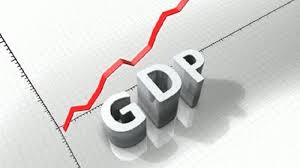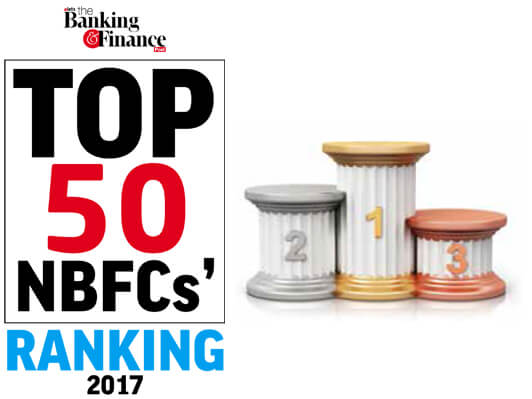The Central Statistics Office has released an official back series for the Gross Domestic Product (GDP) data. The analysts’ community have been eagerly awaiting this moment since the national accounts data were rebased (from 2004/05 prices to 2011/12 prices) almost four years ago. The release means that the apparent improvements to the new series – including a more accurate reflection of the current structure of the economy and enhanced survey techniques – have finally been extended to the historical data.
 The release of data has immediately sparked debates around the veracity of the data and its implication. Without getting into the veracity of the data, since it’s the official release from the CSO, we accept it with some scepticism and focus on its implications and insights.
The release of data has immediately sparked debates around the veracity of the data and its implication. Without getting into the veracity of the data, since it’s the official release from the CSO, we accept it with some scepticism and focus on its implications and insights.
First and foremost, the data does not change anything on the ground. All it does is give some clear insights into our past growth trajectory on the basis of the new series and helps establish an important link (which was missing so far) between the historical growth experienced by us and the current growth trajectory of the economy.
From a broader trend perspective, the data reiterates that Growth was strong prior to the financial crisis, slumped, rebounded, and slowed substantially around 2011. But the devil is in the detail. As per the new data, GDP growth throughout the 2005-2012 period in which the old and new series overlap was slower than previously recorded. The updated numbers show that growth averaged 6.8 percent a year during this period, compared to a previous estimate of 8.4 percent on the 2004/05 series. One of the most celebrated achievements of the UPA government was the high growth rates achieved by India during this period including double-digit growth in FY 2011. As per the data, India is yet to achieve the much coveted double-digit GDP growth.
Thus, the new series paints a far less flattering picture of the economy under the previous Congress-led government and in hindsight tells us that we should have been in the past(5 years back) less exuberant about the growth and the future prospects of the economy after having experienced the growth.
However, moving away from the past, the most important contribution of the new series is to give a clearer benchmark against which to gauge current economic performance. One key implication of the new slower estimates of past growth is it highlights that India’s sustainable growth rate is lower than previously appeared and in context of that our current growth (Fy2014-18) has been healthy and robust. But there are missing links to this argument. India experienced two successive failed monsoons during 2014 and 2015 which took a significant toll on our agriculture growth. The IIP growth during the last 5 years at 3.2 percent has been 50 percent below long-term average and significantly below the IIP growth witnessed during the 2005-2012 period. Also, during the last 5 years period, the credit growth was one of the weakest that India has experienced due to the twin balance sheet issues.
Also Read: India’s GDP reports 7.2% surge in December quarter
But the new series does highlight that there are significant changes that have taken place in the composition and growth drivers of the economy. While the debate over the veracity of the new series and limitations of economic models to present fair picture will continue during the election season, the key challenge for the new government would be to enhance our potential growth rate and accelerate India’s growth momentum to double-digit growth which we thought we had achieved for once in 2011-12. The window of opportunity to credit for taking India to maiden double-digit growth is not lost and is yet open for the new government.
Views expressed in this article are personal opinion of Pankaj Murarka, Founder Renaissance Investment Managers.
Elets The Banking and Finance Post Magazine has carved out a niche for itself in the crowded market with exclusive & unique content. Get in-depth insights on trend-setting innovations & transformation in the BFSI sector. Best offers for Print + Digital issues! Subscribe here➔ www.eletsonline.com/subscription/



















